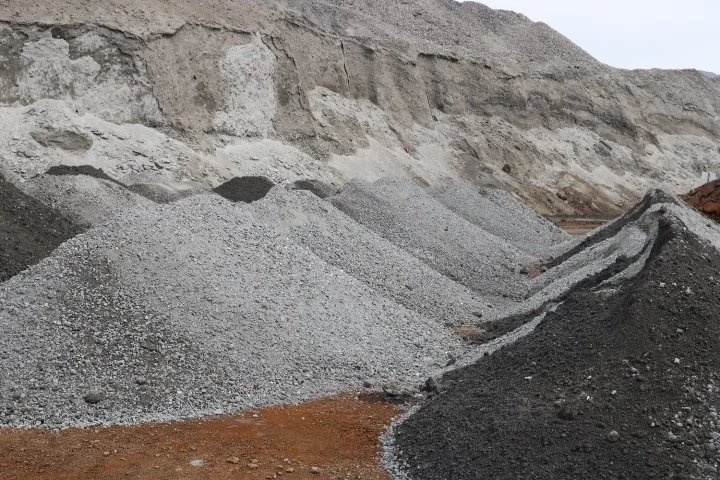Enhanced Mineralization for CO2 removal
To avoid the most serious climate change scenarios, many studies have concluded that removing carbon dioxide from the air and storing it permanently will be necessary.
There are many types CO2 removal (COR). Some involve burying charcoal derived from biomass, where it is sequestered from the atmosphere. Others methods collect pure CO2 from the atmosphere and inject it into the earth’s crust. Many of these techniques are promising, but are challenging for a number of reasons.
We are working with a startup that is pursuing a low-impact, and low-cost method of direct air capture. The strategy involves taking advantage of readily available alkaline industrial wastes to form long-lived carbonates.
Karbonetiq is developing multiple projects to utilize legacy steel slag, which is widely available at low cost. The material is crushed and placed on a passive aerator, where the material naturally reacts with air to form carbonates that are stable over hundreds of years. CO2 removal credits (CORCs) are generated, and sold to companies that want to offset the emissions of their business processes.
Scope 3 Consulting has built a model of the COR process, using the actual engineering drawings and estimates of the operational performance. The results of the modeling are supporting the sale of CORCs.
The client is rapidly scaling the process, expanding to multiple facilities. To maximize modeling efficiency and allow smooth scaling, one LCA model is maintained for the process, since the same operations are happening at all the sites. We build scenarios for each facility built to allow customizations depending on the location, material properties, and specific operations. Scenarios are updated with operational data (e.g. fuel consumption, carbonation rate, etc) to generate up-to-date results on demand.
In addition to incorporating facility-specific data, we have made custom processes where necessary to maintain the highest quality standard. These customizations include location-specific production and transport of construction raw materials, a custom model of material testing (Monitoring, Measuring, and Verification is a critical aspect of high-quality COR credits), and a location-specific electricity grid.

